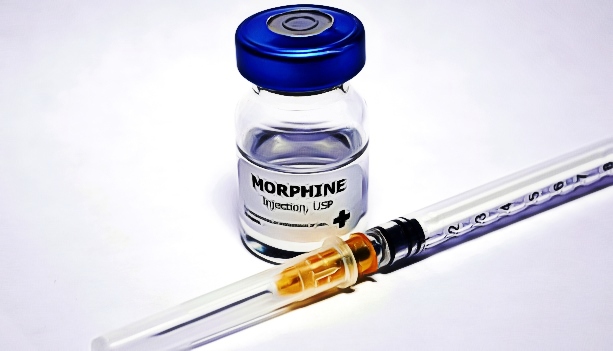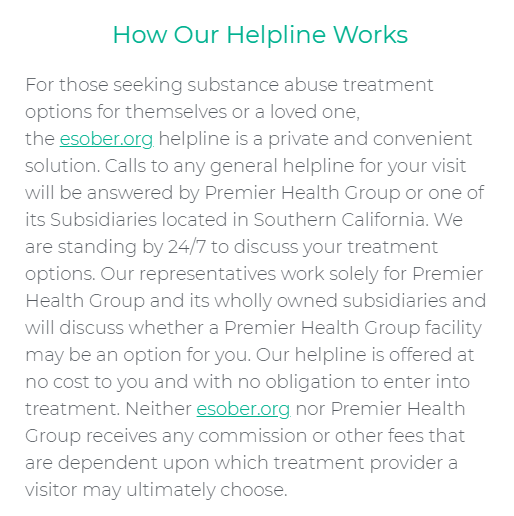When weaker analgesics no longer provide relief to patients suffering from serious injuries, conditions, or post operation pain, morphine is the next best choice as it’s the most potent, narcotic type of opioid drug that delivers an encompassing sense of euphoria throughout the body.
Derived from the poppy plant, you’ll often see it in the form of tablets like Arymo ER, Kadian, Morphabond, or MS Contin. Morphine is recognized as one of the most powerful painkillers worldwide since the 1900s, but the very same reason behind its popularity in the medical industry makes it risky for substance abuse. That’s why it is a Schedule II controlled substance by the Drug Enforcement Administrations.
What is Morphine
It can be difficult to draw the line when you’re on morphine as even if you follow the doctor’s orders and stick to the recommended dosage, many people can develop an increased mental and physical dependency on the drug.

People can take morphine orally, transdermally, or even nasally, though the latter is often the fastest way to send a paradisiac rush that brings the mind to a cerebral flight, then crashes down to a sedative landing.
The first red flags appear once the body builds its tolerance, which means stopping your morphine intake can result in a severe relapse, contributing to the user’s growing fixation on the drug.
Morphine Side Effects
Morphine is excellent at easing excruciating conditions, but abusing its euphoric effects can quickly pave the way for adverse reactions dominating the CNS. A person mid-high from morphine can cause numbness, involuntary eye movement, and a notable slur in speech.
The person using morphine may also have inflamed joints due to the drug’s tendency to retain fluid in the body, causing swelling and bloatedness. Once the addiction persists, the immediate side effects will manifest:
- Drowsiness;
- Stomach pain;
- Cramps;
- Dry mouth;
- Headache;
- Nervousness;
- Mood changes;
- Dilated pupils;
- Trouble urinating
These will likely happen to patients who rely on morphine to treat round-the-clock conditions, but for those who abuse the drug, it can lead to graver repercussions such as the following:
- Blueish tint to the skin;
- Heartbeat irregularities;
- Agitation;
- Hallucinations;
- Irregular menstruation;
- Sexual dysfunction;
- Seizures;
- Chest pain;
- Hives rash;
- Swelling in the face, eyes, lips, or throat;
- Hoarseness;
- Difficulty in breathing and/or swallowing;
Morphine Addiction
Spotting the tell-tale signs of morphine abuse is crucial as the problem can quickly spiral out of control, making it increasingly challenging to treat the patient. The challenge is telling the difference for people with a prescription for the drug, though family members can notice the signs, leading to dramatic behavioral changes.
This could manifest in the form of anxiety, depression, and poor decision-making skills that can compromise the person’s relationships, career, and more. In general, you can suspect signs of abuse if you notice the following:
- Dilated pupils;
- The tendency to sleep in odd hours, even mid-conversation;
- Slurred speech;
- Inability to focus;
- Shallow breathing;
- The tendency to put off responsibilities – be it for work or personal affairs;
- Legal issues;
- Isolation;
- Irritability;
- Extreme mood swings;
The symptoms can become more threatening as the person’s tolerance builds up, along with the frequency of their usage.
How Long Does Morphine Last in Your System?
Part of the biggest reasons that morphine is susceptible to drug abuse is its short lifespan. The effects typically last between one to seven hours, though the time changes depending on how much they take.

Tolerance and the recommended dosage also varies according to size and weight, which means a small dosage recommended by a doctor to a large person can lead to an overdose when taken by someone else.
Morphine Overdose
Likewise, a smaller person who regularly takes morphine can withstand higher dosages, while a larger person who has no history with the drug can also be at risk of overdosing. Either way, treating morphine overdose is critical as it impairs the mind and body, leading to the following:
- Slow and difficulty in breathing;
- Loss of consciousness;
- Unnaturally small pupils;
The person may first feel nauseous, sleepy, and find it difficult to talk within the first few minutes or hours after taking the drug. Keep a close eye on your loved one if you suspect they took more than the suggested amount as morphine overdose can be deadly if left unattended.
Spotting the Warning Signs of Morphine Addiction
Morphine is undoubtedly an effective painkiller, but it is never the first choice when managing chronic pain as the risk of developing a dangerous dependency is too high, even for patients who diligently stick to the appropriate dosage.
Choosing the right treatment program to help you taper off from morphine addiction can be tricky, especially since various options are available. No matter the road you’re taking in your recovery, keep in mind that the best results often involve having therapy sessions. Understanding your emotional and mental connection to the drug can help strengthen your ability to resist future temptations.
Moreover, educating yourself on the matter can do wonders in helping your loved one suffering from morphine addiction.
Taking the first steps to recover from drug addiction is often the hardest, but with the right people to guide you in the winding journey, you can move forward one day at a time. Finding the right treatment program for you plays a pivotal role in your recovery; that’s where we come in.
We can help bridge the gap in your search for the best rehab centers in multiple states in the USA. Check out our online directory of local drug rehabs.
Sources:
https://pubmed.ncbi.nlm.nih.gov/27506251/
https://www.hhs.gov/opioids/prevention/pain-management-options/index.html
